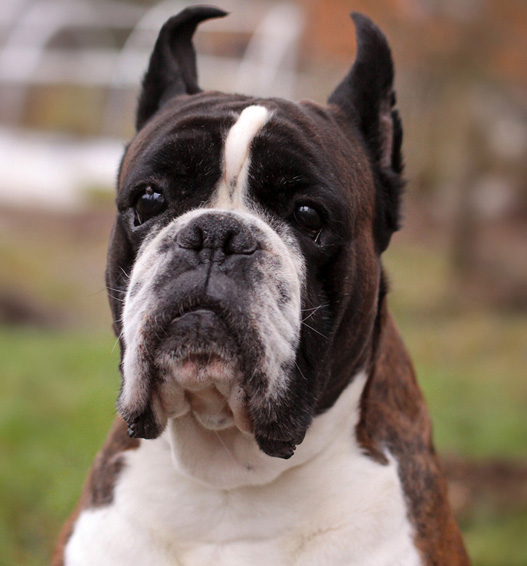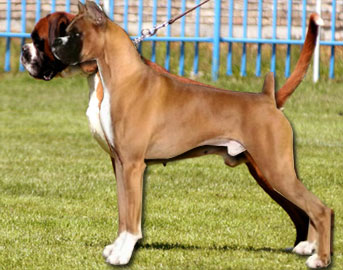Can a boxer be a merle?
Can a boxer be a merle?

Can a boxer dog be a merle?
No, a Boxer dog cannot be a merle because the merle gene is not a part of the Boxer breed’s genetic makeup. Merle is a coat color pattern that results from a dominant gene found in some breeds, such as Australian Shepherds, Collies, and Great Danes. However, Boxers typically have a short and smooth coat that can come in various shades of fawn or brindle, but not merle. If you are considering getting a Boxer with a merle coat, it is important to make sure that the dog is not a mixed breed or from a breeder that is misrepresenting their dogs’ genetics.
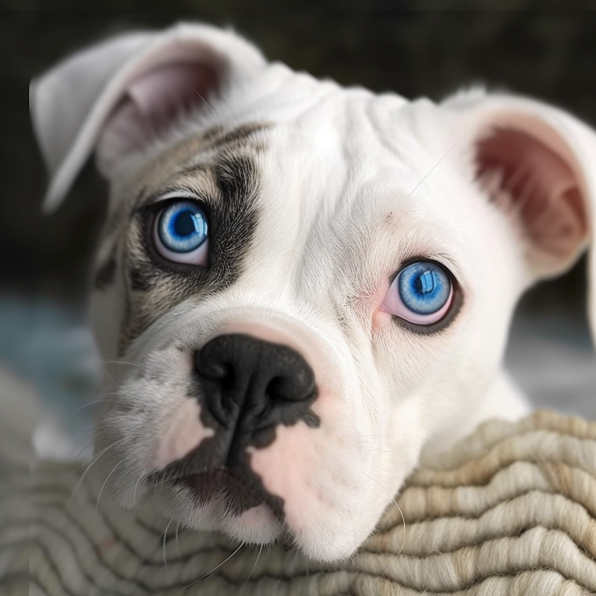
Can a boxer be a merle?
A merle (also known as dappling) pattern is an inherited trait that produces patches of light and dark pigment within the coat.
The merle gene can also produce blue eyes or pink noses and paw pads in dogs where those characteristics would typically be dark.
Purebred boxer dogs do not have ancestors that have the merle gene, so purebred merle Boxers do not exist.
Can you breed a German Boxer Merle?
Merle Breeding
Merle Boxer breeding is somehow an arguable norm. Breeding was strictly prohibited even though your Merle Boxers are physically fit. On account of increased possibility of health ailments deliberate Merle Boxer breeding was avoided.
Can boxer dogs with merle colors be registered with the Kennel Club?
Kennel Clubs worldwide do not register merle boxers.
A merle color boxer cannot truly be referred to as a boxer as it won’t have registration papers.
Merle boxers are of dubious origin.
Are Merle Boxer unhealthy?
Marble boxer puppies are born by mating a merle dog with a non-merle dog or from the mating of two merle dogs. Boxer puppies born from two merle parents may be born deaf or with abnormal and possibly nonfunctioning eyes. This “rare” coloring may signal a puppy with severe medical issues such as deafness, eye defects, and/or compromised immune systems.
Heterochromia iridis (a difference in color of the iris in the two eyes, or two different colors within one iris) has also been associated with merle coloring, and is a disqualification for boxers.
The Merle allele can cause health problems in dogs and irresponsible breeders were just using this ‘pretty’ coat pattern to hike up the price of a puppy, with no thought to the consequences.
Double merle-bred dogs are often known as ‘lethal whites’ for a very good reason. Blindness and deafness are most common but many dogs suffer terrible deformities and malfunctions of their whole systems.
Our advice to anyone thinking about investing in a rare colored Boxer is to be concerned mainly with the health of the dog rather than the shade and to think about the standing and integrity of the breeder.

What Is a Merle Boxer’s Lifespan?
Average Boxer life expectancy is an average of about 12 years. You can reasonably expect a merle Boxer to also experience a similar range of years, unless it is a double merle, which means that its lifespan will likely be cut in half.
Does the merle color appear naturally in the German boxer breed?
The question of whether or not merle boxers appear naturally rather than as the result of the introduction of specific genes (from other dog breeds) that carry the merle markers is one that is the cause of some argument; many merle boxer breeders will argue strongly that the color can and does occur naturally within their breed lines.
Whilst genetic mutations (such as those that lead to new or unusual colours and other traits) can and do occur naturally in purebred breed lines of dogs of all sorts, this is very rare. Even if this has theoretically happened at some point in the past within German boxers and resulted in a merle being born (and there is no evidence to suggest that it has) this type of spontaneous genetic mutation does not occur often enough to result in the natural development of merle strains within the wider German boxer breed in significant numbers.
The Kennel Club and formal German boxer breed organizations that prioritise breeding for health and breed improvement state that merle is not a naturally occurring colour within the breed, and that it cannot be present in true dogs of the breed without being introduced to the bloodline by means of outcrossing.
Merle German boxers are produced as a result of selective breeding to achieve this uncommon color, and the merle color is not one that is considered to be a naturally occurring phenomenon within the breed.
Merle color is a brindle color in a boxer dog?
Does merle look like brindle on Boxers?
No, the Merle color is not a brindle color in Boxer dogs. Merle is a distinct coat pattern and coloration found in various breeds, but it is not a recognized or standard color in Boxers.
Merle is a coat pattern characterized by a patchwork or marbled effect with lighter and darker spots or patches.
Brindle is a coat pattern characterized by streaks or stripes of dark color (usually black or dark brown) on a lighter background. In Boxers, brindle is a recognized and common color. It creates a unique and attractive appearance, with a base color of fawn and dark stripes overlaying it.
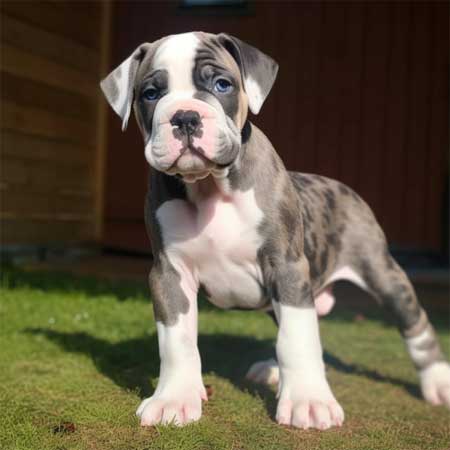
While merle does occur naturally in some breeds, it is not recognized as a color for Boxer.
Blue-Eyed Boxers should NOT exist but they do because of the merle.
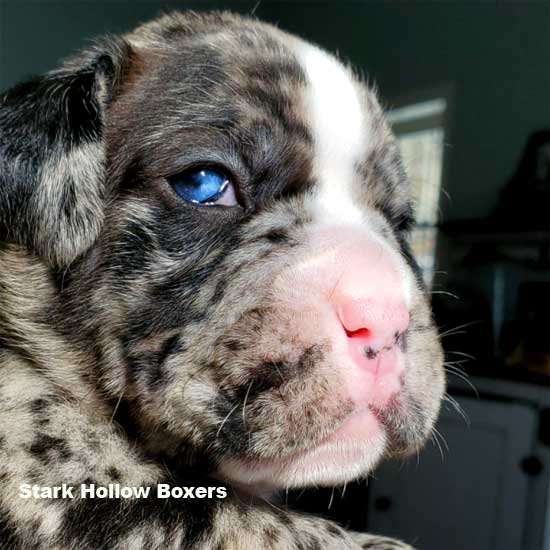
“Rare” or “exotic” puppies with an unusual coat pattern or color may seem cute, but these unusual qualities may signal a problem. Merle is not the same as brindle.
A merle boxer is a dog who looks like a boxer, acts like a boxer, but has a cacophony of colors on its coat.
We believe the boxers are simply amazing.
